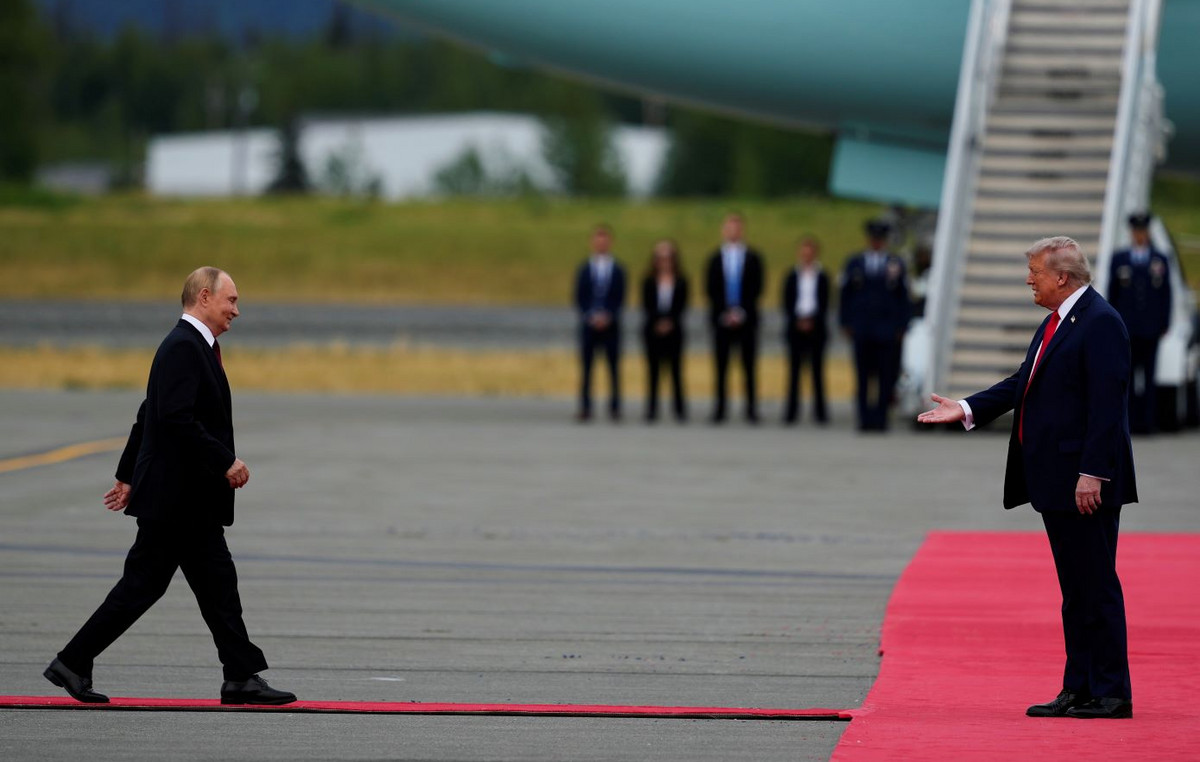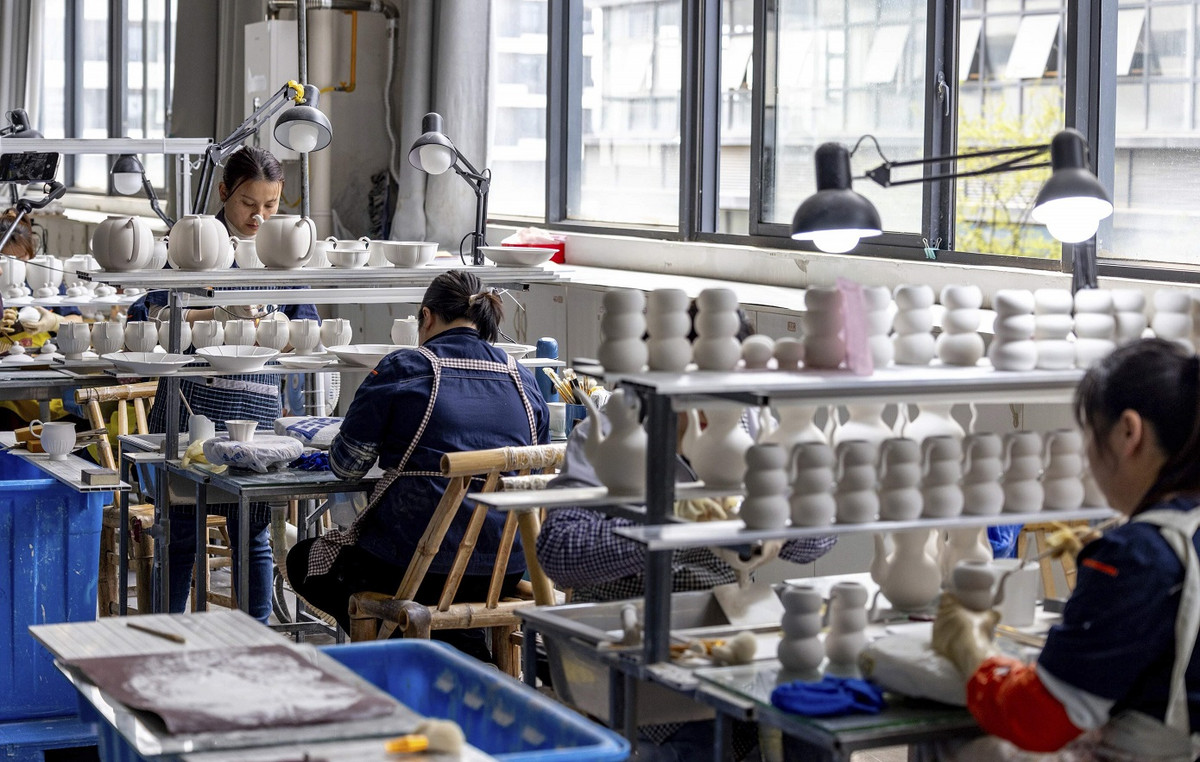If the debate on inflation may seem restricted to economists, its effects appear concrete in the daily lives of Brazilians – from breakfast to returning home after work.
A survey of CNN based on data from the IBGE’s Broad Consumer Price Index (IPCA), shows how increases affect daily spending.
The traditional “pingado” that wakes up Brazilians already brings as an ingredient one of the “villains” of April’s inflation: long-life milk, which rose more than 10% last month alone.
Coffee has been slowing down, up 2.5% in April. However, in 12 months, the increase reaches 67.53%.
And the drink is accompanied by the traditional French bread and butter, which register a high of 4.52% and 2.37% in April, respectively.
Robson Gonçalves, economist and professor at Fundação Getúlio Vargas (FGV), explains that milk suffers the effects of the off-season, while bread is impacted by the international rise in wheat, amid the conflict involving Russia, one of the world’s largest producers.
“In the case of milk, the packaging is also more expensive. And you still have the freight to take the product to the supermarket. Fuel inflation is not the only one felt when refueling”, highlights Gonçalves.
After breakfast, it’s time to go to work. Bus fares have risen by 4.46% in 12 months, but the subway had a 3.64% readjustment last month alone.
In Rio de Janeiro, for example, the ticket rose from R$5.80 to R$6.50.
Ibmec economist Gilberto Braga points out that inflation is used as an index for various contracts, such as transport, updated annually. And the transfer falls into the consumer’s pocket.
“From a business and legal point of view, there is a rule that maintains this balance, but this does not apply to salaries. There is free negotiation, in a relationship in which the worker, despite being more numerous, has lesser power. Especially because with high unemployment, the bargaining power decreases and the purchasing power drops”, he added.
After a working morning, those who have lunch in restaurants notice a slight rise in prices, of 0.42% in the case of meals. For those who prefer a snack, the adjustment is almost 1%.
Another 0.8% increase in soda and mineral water. And for those who can’t go without a coffee after lunch, the readjustment is 0.45% in April, but with an increase of more than 9% in 12 months.
While indoor food inflation rose 2.59% in April, out-of-home inflation was 0.62%. According to the Brazilian Association of Bars and Restaurants (Abrasel), entrepreneurs are holding back the readjustments in an attempt to attract customers lost during the Covid-19 pandemic.
At the end of the day, transport by app is an option to ease tiredness and get home faster. However, this ‘luxury’ became 4% more expensive in April and accumulated a growth of 67.18% in 12 months, due to the impact on fuel prices.
At home, shopping at the supermarket that guarantees family dinner has become more expensive, especially in the side dishes. Therefore, the dish of beans and rice remains the main option at the table.
Rice added an increase of 2.22% in April, but a decrease of -11.53% in 12 months. For regions where black beans are more common, the food accumulates a drop of almost 7% in 12 months.
But families that cannot do without carioca beans will have to pay 7.1% more, according to the April IPCA, to guarantee the product.
For those who manage to keep the side dishes, beef registers a growth of 1.02% last month, reaching more than 8% in 12 months. And inflation affects both the cheapest cuts, such as liver, with a high of 19.35% in 12 months, and the most expensive, such as sirloin, with an adjustment of 15.66% in 12 months.
Despite being cheaper than red meat, chicken rose more, with 17.64% in the 12-month period and 2.39% in April alone. Another option for cheaper meals, the egg registers a similar growth, of 17.70% in 12 months and 2.19% in April.
But it is in the traditional tomato and lettuce salad that inflation shows its weight. In the case of tomatoes, the increase exceeds 100% in 12 months, with 10.18% in April. Lettuce was 45% more expensive in 12 months.
What to expect from inflation for the coming months?
Economist Gilberto Braga, from Ibmec, projects that inflation will reach close to 8% this year, more than double the target defined by the National Monetary Council, of 3.5%.
“Inflation should decrease over the second half of the year, but the decrease does not mean that it will stop growing or fall. It means that prices will increase less”, he warns.
Robson Gonçalves, from FGV, believes that the spread of inflation is a worldwide phenomenon and that, in Brazil, the problem depends on the improvement of the job market.
“A low-income person who leaves with limited money to buy items for coffee would either have to buy an inferior brand, or cut the curd, the mozzarella or a smaller amount of buns. This widespread inflation is worldwide and means the impoverishment of the population, there is no way to escape”, she added.
Source: CNN Brasil
I am Sophia william, author of World Stock Market. I have a degree in journalism from the University of Missouri and I have worked as a reporter for several news websites. I have a passion for writing and informing people about the latest news and events happening in the world. I strive to be accurate and unbiased in my reporting, and I hope to provide readers with valuable information that they can use to make informed decisions.







